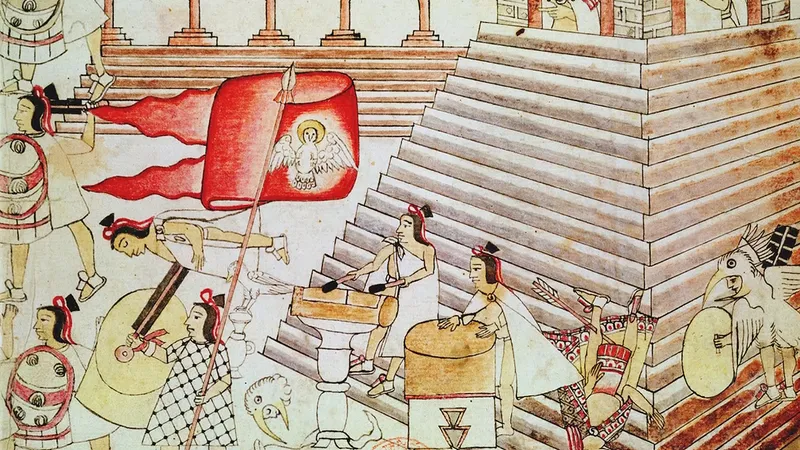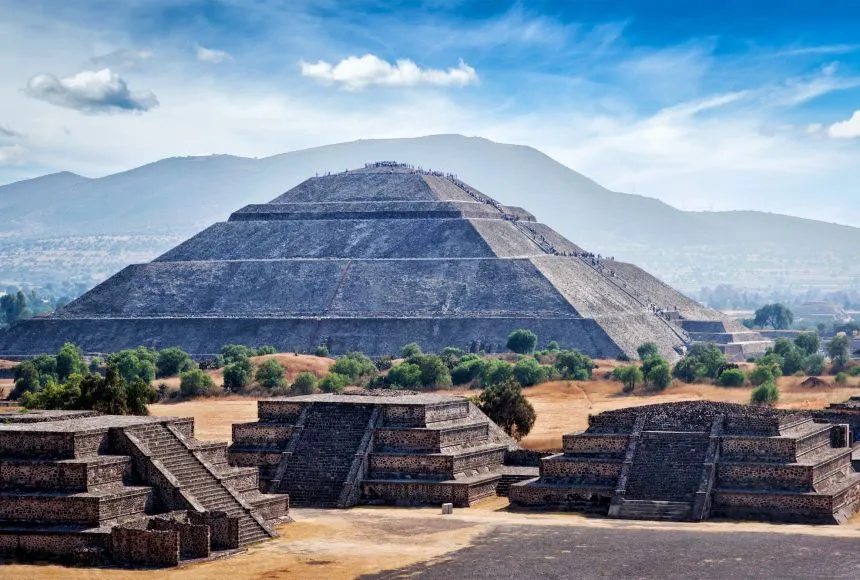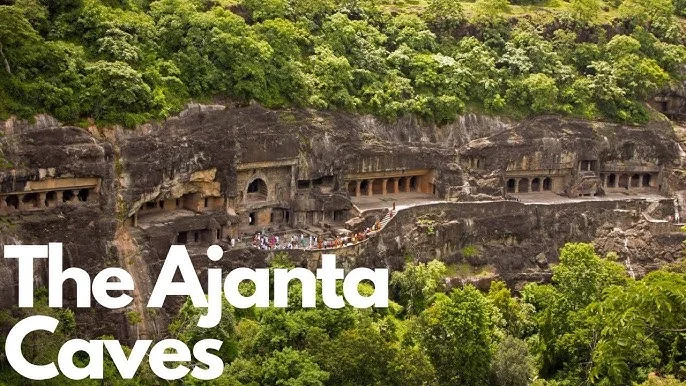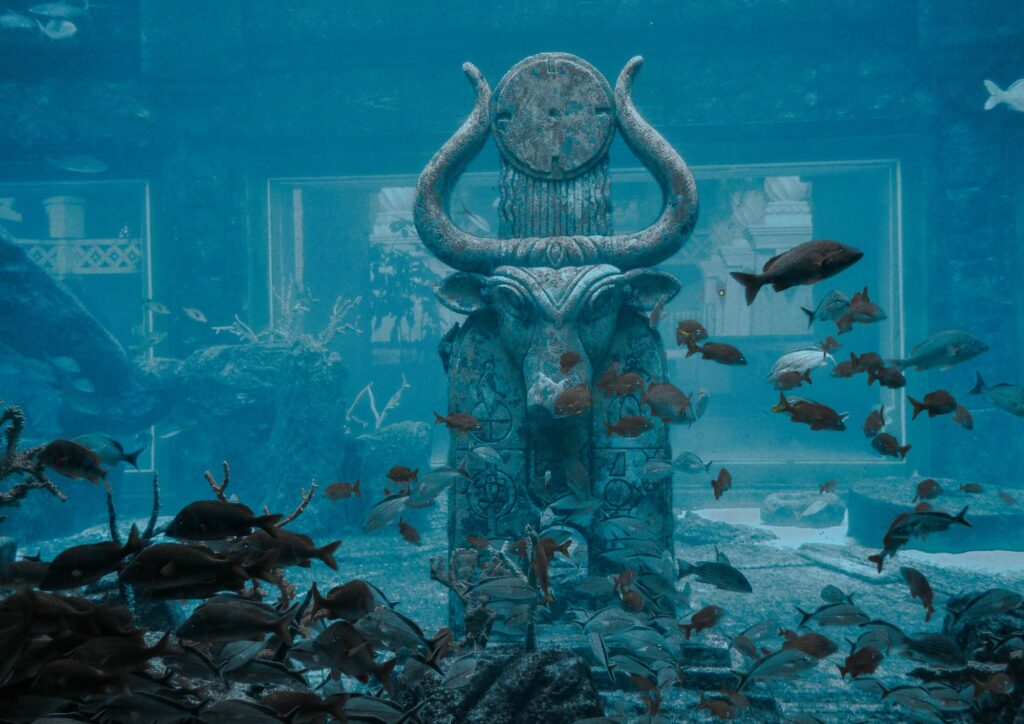The Aztec civilization stands as a powerful testament to the brilliance, resilience, and complexity of ancient Mesoamerican culture. From their mythical origins to their extraordinary urban planning, the Aztecs built a society that continues to fascinate historians, archaeologists, and knowledge seekers alike. Mapupa – Search for anything you need, we explore the essential elements of this fascinating civilization, providing you with clear and reliable insights.
Origins of Aztec Civilization
The roots of Aztec civilization go back to the Valley of Mexico in the 14th century. The Aztecs, also called the Mexica, founded their capital, Tenochtitlan, on an island in Lake Texcoco. According to legend, they were divinely guided to this location by a vision: an eagle devouring a snake on a cactus. Today, this powerful symbol is immortalized on the Mexican flag, reminding us of the deep cultural imprint of the Aztecs.
Aztec Social Structure
The Aztec social hierarchy was organized and deeply influential. At its peak stood the tlatwani—a ruler who embodied both political control and spiritual leadership. Below the tlatwani were the nobles, warriors, and priests, each of whom played important roles in governance and religion. Commoners, including farmers, artisans, and merchants, formed the foundation of Aztec society, while slaves, although limited in number, occupied the lowest level.
Religion and Belief System
Religion was the spiritual core of Aztec civilization. They honored a pantheon of gods, with Huitzilopochtli, the god of the sun and war, as the dominant one. The Aztecs believed in the cyclical nature of life and time. Their rituals were elaborate—human sacrifice, though controversial today, was conducted to maintain cosmic balance and appease their gods.

Agricultural and Economic Innovation
Innovative and adaptable, the Aztecs mastered agriculture by building chinampas—floating gardens that turned lakes into fertile agricultural areas. Staple crops such as corn, beans, and squash formed the basis of their diet. In trade, they prospered by using a barter system and even used cacao beans as currency, demonstrating a dynamic and sustainable economy.
Art and Culture
The Aztec civilization was artistically rich. From vibrant murals and pottery to feathered clothing and gold jewelry, their artistic expression was deeply intertwined with religious and ceremonial life. Music, dance, and poetry were integral parts of the celebration, reflecting the Aztecs’ deep appreciation for beauty and storytelling.
Architectural and Engineering Marvels
The engineering prowess of the Aztecs was most evident in Tenochtitlan, a city interconnected by canals and causeways. Their most iconic structure, the Templo Mayor, was a towering temple complex that symbolized their architectural genius and religious devotion. These feats made the Aztec civilization one of the most advanced urban cultures in pre-Columbian America.
Decline and Spanish Conquest
The rise of European colonial ambitions spelled doom for the Aztecs. In 1519, the Spanish conquistador Hernán Cortés arrived in search of gold and domination. Within two years, a combination of military might, local alliances, and a devastating smallpox epidemic had brought the Aztec Empire to its knees, ending a civilization that had endured for centuries.
The Aztec civilization was more than just an empire – it was a sophisticated network of culture, innovation, and resilience. Its influence continues to shape the global understanding of modern Mexico and ancient Mesoamerican life.
At Mapupa, we’re committed to helping you discover such profound historical insights. When you need to do your research, start with the Aztecs – and discover a deeper appreciation for humanity’s vibrant past.
Read Also: Top Architectural Styles: A Journey Through History and Design, Discover the Tools and Techniques Used in Modern Archaeology, The Art of Indian Miniatures, The Archaeology of Tibetan Buddhism in India, The Mysterious Megaliths of India
![]()





